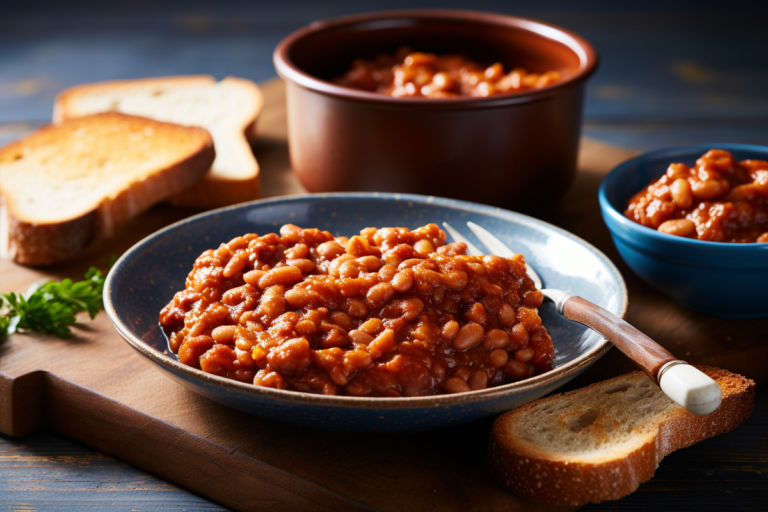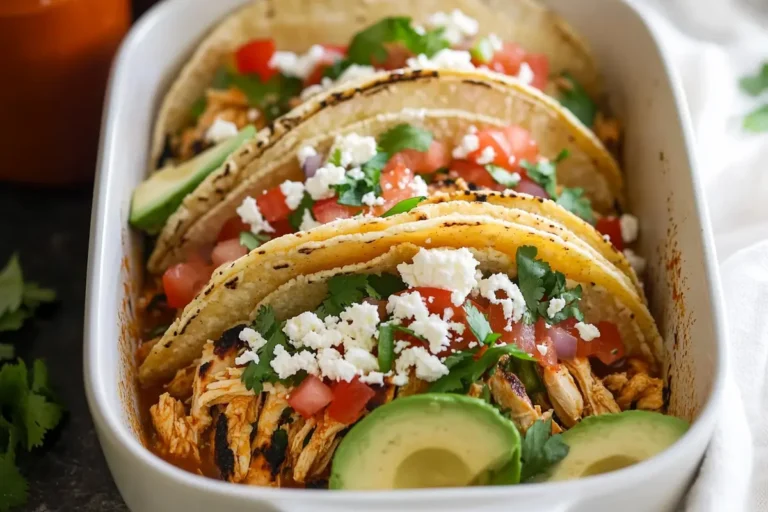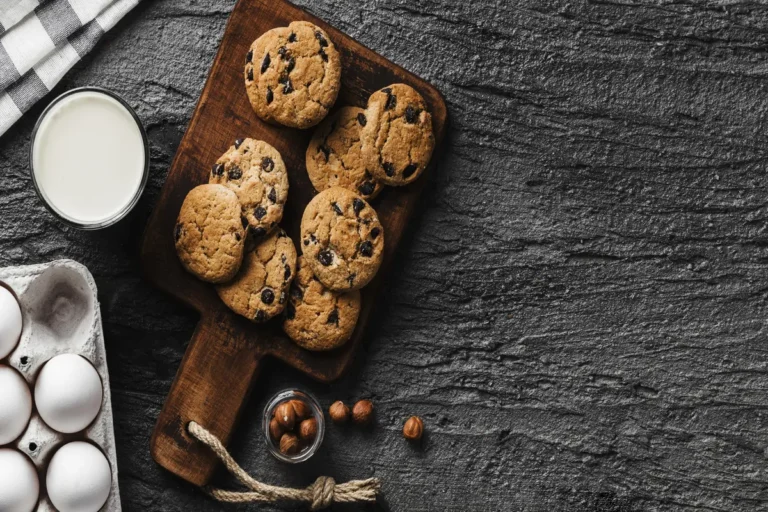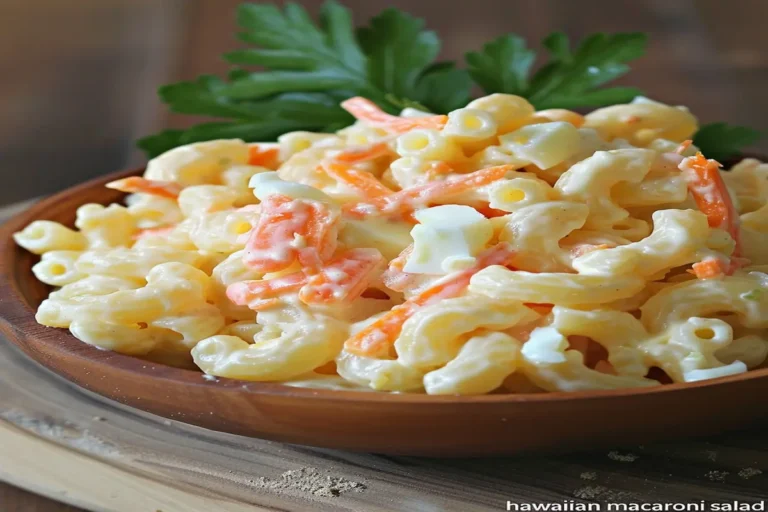Why Hibachi Chicken Tastes So Good: Secrets Behind the Flavor
Hibachi chicken is a dish that delights the taste buds, making many wonder why it tastes so amazing. This Japanese-inspired dish, cooked on a flat iron grill, has become a favorite in the West. It is known for its savory flavor, juicy texture, and mouthwatering aroma. In this article, we will explore the secrets behind the delicious taste of hibachi chicken. We’ll break down the ingredients, cooking techniques, and cultural influences that contribute to its unique flavor.
The Ingredients: The Foundation of Flavor
The secret to hibachi chicken’s taste lies in the quality and combination of its ingredients. Here are the key components:
- Garlic Butter: This rich, savory base adds depth to the chicken. It infuses it with a creamy, garlicky flavor that lingers on the palate.
- Soy Sauce: A cornerstone of Japanese cuisine, soy sauce brings a balance of saltiness and umami. Learn more about the history and types of soy sauce to understand its influence on hibachi chicken.
- Sesame Oil: This ingredient provides a nutty aroma essential to the hibachi flavor profile. It adds a distinct layer of taste that is irreplaceable.
- Sake and Mirin: These Japanese rice wines add subtle sweetness and depth, rounding out the flavors. Explore the differences between sake and mirin to see how each contributes to the dish.
- Fresh Vegetables and Herbs: Hibachi chicken is often accompanied by sautéed vegetables like zucchini, onions, and mushrooms. These soak up the delicious sauces and complement the chicken.
The Art of Cooking Hibachi Chicken
Cooking hibachi chicken is an art form. It requires precision, timing, and the right techniques. Here’s how the process contributes to its remarkable taste:
- High-Heat Searing: The chicken is seared at a high temperature. This locks in juices and creates a crispy exterior while keeping the inside tender and moist. Discover the science behind high-heat searing.
- Teppanyaki Grills: The use of flat iron grills, or teppanyaki, allows for even cooking. This lets chefs control the heat precisely. The grill’s surface plays a crucial role in achieving the perfect texture and flavor.
- Flame Effects: One hallmark of hibachi cooking is the flambé technique. Chefs use a burst of flame to add a smoky, charred flavor to the chicken. Learn how flambé works and its impact on flavor.
- Timing and Temperature: Hibachi chefs expertly control timing and temperature. This ensures each piece of chicken is cooked perfectly, avoiding overcooking and retaining maximum flavor.
Want to bring the hibachi experience to your home kitchen? Here’s how you can make hibachi chicken at home.
The Role of Sauces in Elevating Flavor
Sauces are integral to hibachi chicken’s flavor profile. They add layers of taste and complexity:
- Yum Yum Sauce: This sweet and tangy sauce is a popular choice. Made with mayonnaise, ketchup, rice vinegar, and a hint of sugar, it adds a creamy, slightly spicy note to the dish.
- Ginger Sauce: For a fresher, zesty flavor, ginger sauce is the perfect accompaniment. It’s made with fresh ginger, soy sauce, and a splash of citrus. This provides a sharp contrast to the richness of the chicken.
- Other Sauces: Teriyaki, ponzu, and garlic sauces are also commonly used. Each brings its own unique flavor to the table.
Cultural Influences on Hibachi Chicken
Hibachi cooking is deeply rooted in Japanese culinary traditions. The focus is on enhancing the natural flavors of ingredients through simple, yet precise cooking methods. When introduced in the West, hibachi adapted to local palates, often resulting in a richer, more robust flavor profile.
In Japan, the emphasis is on minimalism, using only a few ingredients to let each flavor shine. In contrast, Western versions of hibachi chicken tend to be more indulgent. They use more butter, sauces, and seasonings, making the dish more decadent.
The Hibachi Dining Experience
The taste of hibachi chicken is not just about the food itself. It’s also about the experience. Dining at a hibachi restaurant is an interactive experience. Chefs showcase their culinary skills in front of the guests. This theatrical presentation, combined with the communal dining atmosphere, enhances the enjoyment of the meal.
- Interactive Cooking: Chefs often perform tricks with their utensils, create flaming onion volcanoes, and engage with diners. This makes the meal both entertaining and delicious.
- Ambiance: The ambiance of a hibachi restaurant, with its lively and social setting, plays a significant role in enhancing the taste and enjoyment of the food.
Variations and Adaptations
Hibachi chicken varies widely across different regions, especially when adapted to suit local tastes:
- Traditional Japanese vs. Western Hibachi: The traditional Japanese version focuses on simplicity and subtlety. In contrast, the Western version often includes richer flavors and more elaborate sauces.
- Regional Twists: In the U.S., you might find hibachi chicken infused with local flavors or paired with unexpected sides like sweet potatoes or cornbread.
- Fusion Dishes: Some chefs create fusion dishes that blend hibachi with other cuisines. They add elements like Mexican spices or Italian herbs to create something entirely new.
Health Aspects of Hibachi Chicken
Despite its rich flavors, hibachi chicken can be a healthy choice. This is especially true when you consider the use of fresh ingredients and lean protein. However, the addition of butter and sauces can increase the calorie count. It’s important to enjoy it in moderation or customize your order to make it healthier.
- Nutritional Value: Chicken is a great source of lean protein, and the vegetables provide essential vitamins and minerals.
- Customization: Many hibachi restaurants offer customization options. You can opt for less butter or sauce, or choose grilled vegetables as a side instead of fried rice.
FAQs About Hibachi Chicken
Here are some frequently asked questions about hibachi chicken:
- What makes hibachi chicken taste different from regular grilled chicken?
The use of high heat, garlic butter, and unique sauces like soy sauce and yum yum sauce create a distinct flavor that sets hibachi chicken apart. - Can hibachi chicken be made at home?
Yes, with the right ingredients and equipment, you can replicate the taste of hibachi chicken at home. - What is the difference between hibachi and teppanyaki?
While both involve cooking on a flat grill, teppanyaki refers specifically to the cooking style. Hibachi often refers to the grill itself or the dining experience. - Why is the hibachi sauce so good?
Hibachi sauces often combine sweet, salty, and umami flavors, which are naturally appealing to our taste buds. - Is hibachi chicken healthy?
It can be, especially if you opt for less butter and sauce, and add plenty of vegetables.
Conclusion
The reason hibachi chicken tastes so good is a combination of high-quality ingredients, expert cooking techniques, flavorful sauces, and the cultural and social experience that surrounds it. Whether you enjoy it at a restaurant or try your hand at making it at home, the flavors of hibachi chicken are sure to delight and satisfy.
By understanding the key elements that make this dish so delicious, you can appreciate each bite even more. So, next time you find yourself savoring a plate of hibachi chicken, you’ll know exactly why it tastes so darn good.




